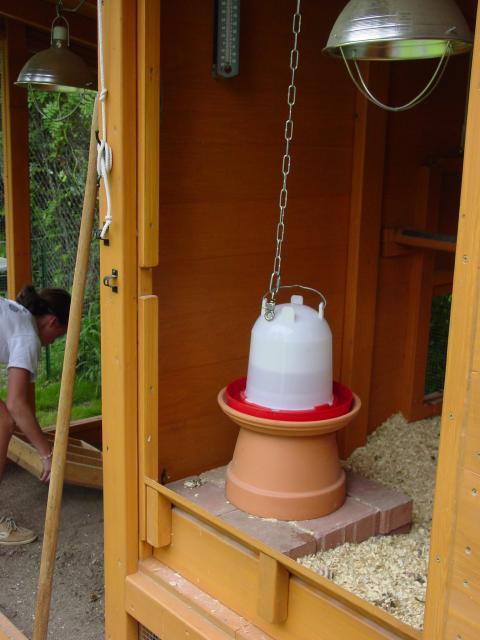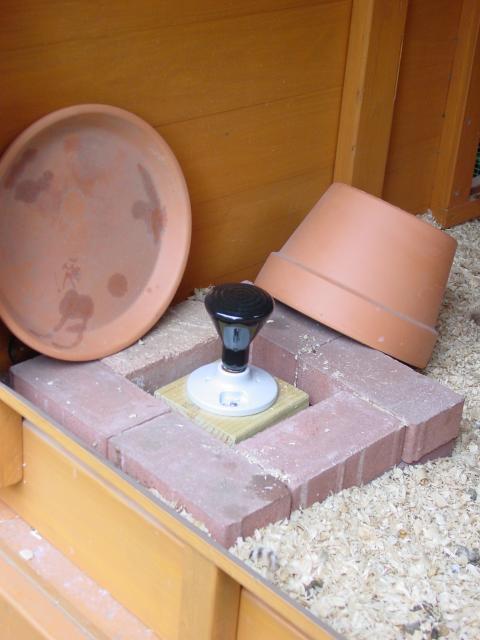- Mar 9, 2012
- 147
- 10
- 91
Just a though and Im not sure how hot they get but I wonder if the reptile heated mats would work well in a nest box. I know they come in many different sizes also. May be something to check into.
Follow along with the video below to see how to install our site as a web app on your home screen.
Note: This feature may not be available in some browsers.


That's pretty much what I said in Post #2
